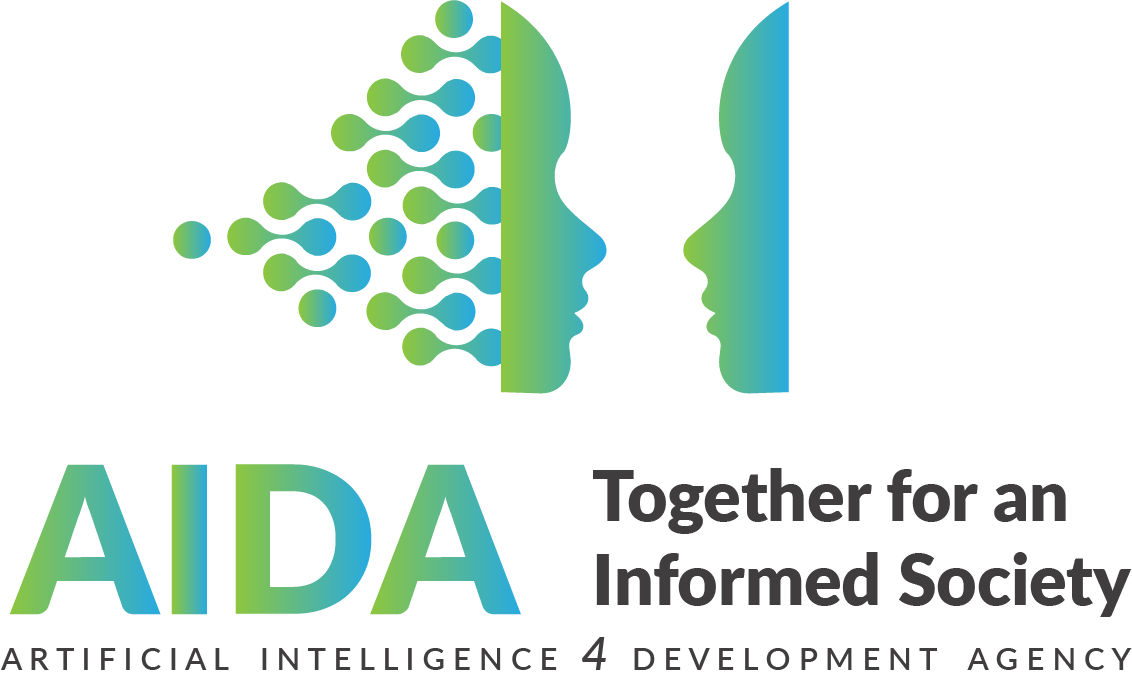The beauty of collaborating with partners from different sectors is that beliefs are constantly challenged and the way we think changes too. Recently, we became more mindful of the fact that people with disabilities (PWD) are people with different abilities, to quote Jamba-Career for All. This #AIDANote is dedicated to creating a more inclusive post-Covid future for people with different abilities using Artificial Intelligence (AI).
The World Health Organization (WHO) indicates that approximately 15% of the world’s population has some form of disability, of whom 2-4% experience significant difficulties in coping with daily tasks [1]. Moreover, the current pandemic is reshaping the mobility challenge, and impacting tremendously people with different disabilities.
When it comes to securing inclusion, technological advancements, in particular AI, have the potential to ensure that no one is left behind. In an effort to make technology more comfortable and adaptable, academia and tech companies have incorporated and developed tools and software to facilitate accessibility for people with different abilities.
For instance, WheeLog! Is providing wheelchair users with a map containing information on safe and accessible routes to reach essential work, family, doctor’s visits, and other meetings around the city [2]. Further, tech giants like Apple and Google have developed voice recognition features on their apps and devices. For instance, iPhone XR includes apps to be used for sending emails and following maps [3].
Additionally, Facebook’s automatic alternative text, face and object recognition technology enables blind persons to consume digital content. In respect to the right to access to information, Netflix as well began adding voice recognition features to its streaming TV shows to assist visually impaired persons. From tech companies to apps, a yet significant software called JAWS (Job Access With Speech) a computer screen reader program for Microsoft Windows that allows blind and visually impaired users to read the screen either with a text to speech output or by a refreshable braille display [4].
Another example is Able to Include, an EU funded project, that uses assistive technology to help people with intellectual disabilities use social media. “People with intellectual disabilities, or any disability, want to do what their friends and sisters and brothers do—use smartphones, tablets, and social networking,” says Ineke Schuurman, a researcher at the University of Leuven in Belgium and one of the leaders of the project [5].
Despite advancements, most of these technologies remain relatively expensive and as a result, few persons are able to access and use such innovations. Together with other organizations, we are advocating for more affordable access-by-design developments in order to shape a future that welcomes all people with different abilities.
At AI4DevelopmentAgency, we are working to ensure that people with different abilities have the keys to lead the Era of AI and do not become isolated by this pandemic. We thrive to create a barrier-free society, both in mindset and in action.
#WheeLog! #inclusion #economicprosperity #AI #accessibility
References:
[1] https://www.who.int/disabilities/world_report/2011/report/en/
[4] https://en.wikipedia.org/wiki/JAWS_(screen_reader)

